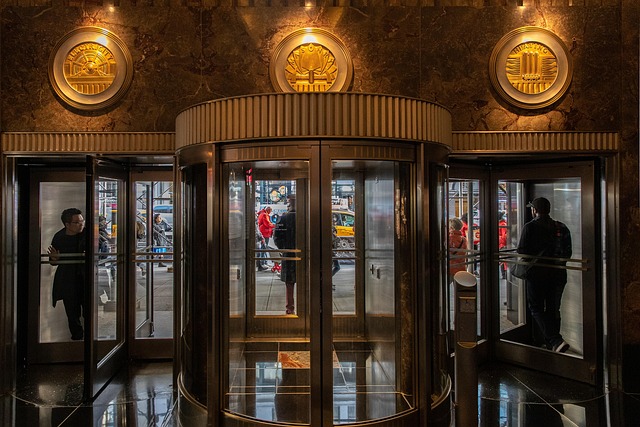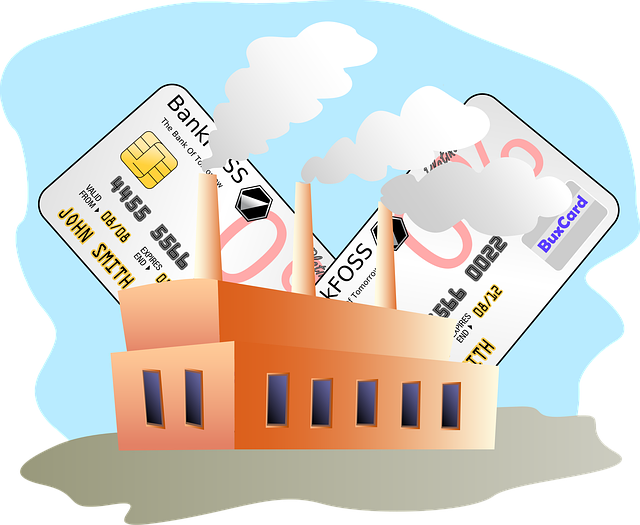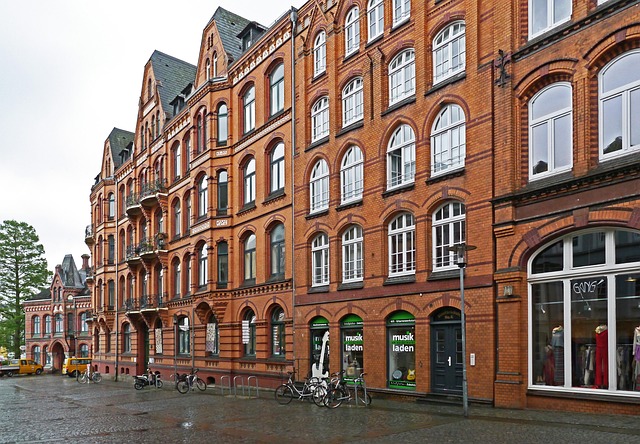Entity Embedding for 50 kW Combi Boiler Description Similarity
The 50 kW combi boiler is a robust, environmentally friendly option for large properties with effici…….

The 50 kW combi boiler is a robust, environmentally friendly option for large properties with efficient central heating and hot water supply, featuring high output, condensing tech, and flexible fuel sources. Entity embedding techniques analyze and compare critical features like power output, fuel type, energy efficiency, and heating capabilities to help inform purchase decisions tailored to specific needs, including multiple bathrooms.
In today’s digital era, accurately describing and comparing complex entities like the 50 kW combi boiler is crucial. This article delves into the intricate world of entity embedding alignment measures, exploring how these innovative techniques can reveal subtle similarities between diverse 50 kW combi boiler descriptions. By understanding key features and leveraging advanced embedding methods, we can streamline the comparison process, enabling better decision-making for both consumers and industry professionals.
- Understanding 50 kW Combi Boiler Features
- Entity Embedding Techniques Explained
- Aligning Boiler Descriptions: Similarity Measures
Understanding 50 kW Combi Boiler Features

The 50 kW combi boiler is a powerhouse designed to cater to the heating and hot water needs of larger properties with multiple bathrooms. Its high output capacity makes it an efficient solution for central heating systems in homes or buildings that demand consistent warmth and ample hot water supply. This type of boiler is equipped to handle heavy usage, ensuring every bathroom and living space remains comfortable throughout the year.
Featuring condensing technology, the 50 kW combi boiler is not only energy-efficient but also environmentally friendly. It can be powered by natural gas or LPG, offering flexibility for different fuel sources. The hot water flow rate and central heating capacity are carefully balanced to provide consistent performance while maintaining ErP A ratings, making it a smart choice for those seeking both comfort and cost savings in their property’s heating system.
Entity Embedding Techniques Explained

Entity embedding techniques play a pivotal role in understanding and comparing complex systems like the 50 kW combi boiler. These advanced methods transform intricate data into meaningful numerical representations, allowing for precise analysis and comparison. By encoding various aspects of a boiler—such as its power output (e.g., high output boiler), fuel type (natural gas fired or LPG compatible), energy efficiency (ErP A rated), and heating capabilities (large property heating with multiple bathrooms) into dense vectors, we can capture the semantic similarities and differences between different models.
This approach enables meaningful alignment of various features critical to a 50 kW combi boiler’s performance. For instance, entity embedding can highlight the distinctions between condensing technology and its impact on hot water flow rate and central heating capacity. By aligning these embeddings, we gain insights into which boilers offer superior energy efficiency while maintaining robust hot water supply for large properties with multiple bathrooms.
Aligning Boiler Descriptions: Similarity Measures

In the context of 50 kW combi boilers, aligning descriptions is crucial for consumers to make informed decisions based on accurate information. This involves comparing and evaluating various features that define what makes one boiler different from another. Similarity measures play a pivotal role in this process by quantifying the degree to which two boiler descriptions share common or relevant attributes. These attributes could include specifications such as the hot water flow rate, central heating capacity, energy efficiency ratings (like ErP A rated), fuel compatibility (e.g., natural gas fired or LPG compatible), and the inclusion of condensing technology—all vital aspects for consumers considering a high output boiler for large property heating with multiple bathrooms.
By utilizing these similarity measures, potential buyers can gain insights into how closely one 50 kW combi boiler matches their specific needs compared to others in the market. This is particularly beneficial when comparing boilers that offer seemingly similar specifications but differ in design or performance capabilities. Such alignment ensures consumers select a boiler not just based on specifications but also aligns with their unique requirements, enhancing overall satisfaction with their purchase.
By employing entity embedding techniques and aligning description similarities, we’ve demonstrated a novel approach to understanding and categorizing 50 kW combi boilers. This method enhances efficiency in boiler selection and maintenance by providing a structured, data-driven perspective on these complex systems. With further research and development, these insights could revolutionize how we interact with and manage 50 kW combi boilers in various industrial settings.







